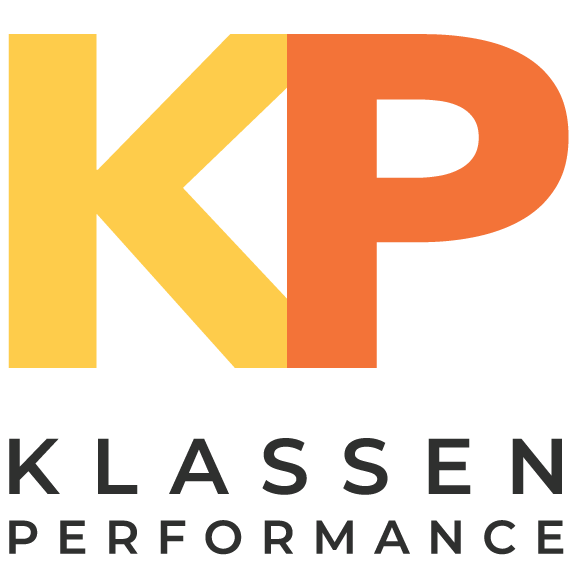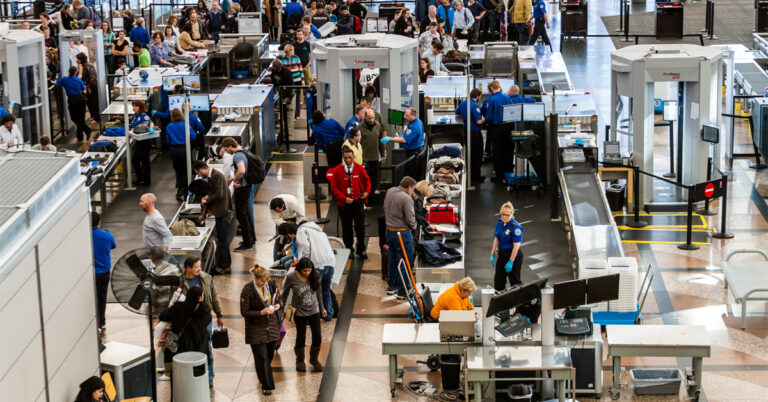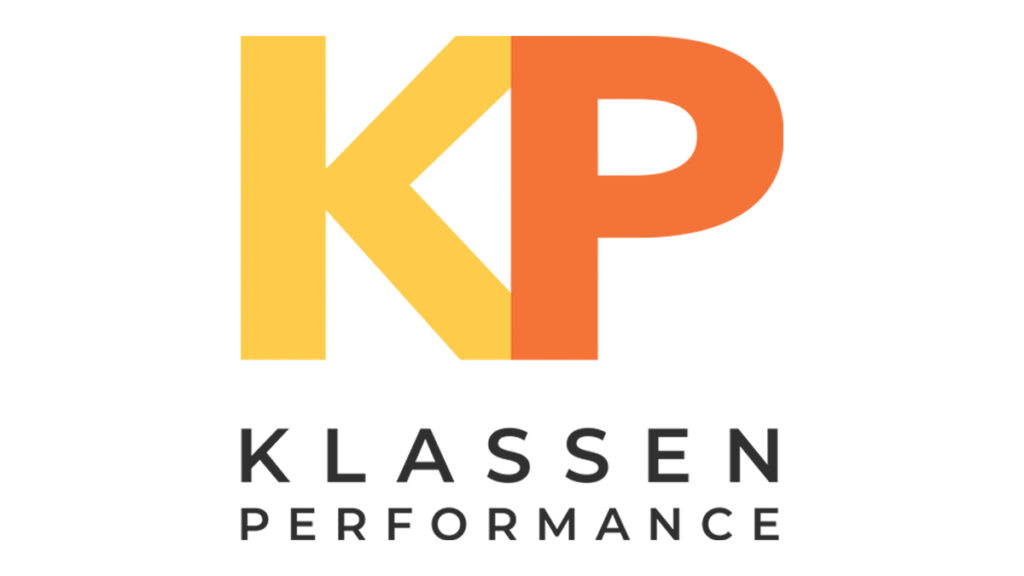
You mapped out your message. Your logic is airtight. You even practiced your delivery.
But when the moment comes…nothing.
No reaction. No buy-in. No momentum.
This is the Influence Gap – the frustrating space between what you say and what your audience actually hears, understands, and acts on.
And if you’re leading a team, a project, or an initiative, this gap isn’t just annoying, it’s costly. It leads to misalignment, pushback, and stalled progress.
The good news? You can close it.
Why Leaders Experience the Influence Gap
1. You’re Focused On Speaking, Not Influencing
It’s easy to assume that if you explain something clearly, people will understand and act. But influence isn’t about clarity alone—it’s about connection.
Fix It: Instead of starting with what you need to say, start with who you’re saying it to. What matters to them? What’s their biggest concern? Why should they care? When people see themselves in the message, they’re far more likely to engage.
2. You’re Missing The Emotional Connection
Logic is great for informing, but it rarely inspires action. If your message is all facts and no feeling, it won’t engage people or move them to act.
Fix It: Create an emotional connection. Whether it’s urgency, excitement, or personal relevance, people need to feel something to move forward. Use storytelling, connect your points to real-world impact, and express authentic emotion in your delivery to make your message resonate.
3. You Haven’t Adjusted For Different Listening Styles
Not everyone processes information the same way. Some need the big picture while others want step-by-step details. Some decide quickly while others need time to process. Some focus on the process itself while others prioritize its impact on people.
Fix It: Adapt to your audience both in preparation and delivery. If you’re speaking to a mix of styles, balance your message. If you’re unsure, pay attention to how they respond. Do they ask for more detail or look impatient with the pace? Adjust accordingly.
4. You’re Talking At People, Not With Them
One-way communication might get compliance, but it won’t create real commitment. If people feel like they’re being told what to do instead of being brought into the process, expect resistance.
Fix It: Make it a conversation. Ask questions. Involve people in the process. Give them space to contribute and push back. When people feel heard, they’re far more likely to take action.
5. Your Message Lacks A Clear Next Step
Even if people agree with you, they won’t always know what to do next. If you’re not getting the response you expect, the next step might not be obvious.
Fix It: Be direct. Do you need a decision? Approval? A shift in priorities? Make the ask clear and actionable. If people have to guess, they won’t act.
Bridging The Influence Gap
Influential leaders don’t just communicate; they drive action. They close the influence gap by:
- Starting with their audience’s perspective
- Creating an emotional connection
- Adapting their message to different listening styles
- Engaging in dialogue instead of monologue
- Providing a clear and compelling next step
When you shift from just speaking to strategically influencing, your ideas gain traction, your impact grows, and your leadership becomes more effective .







